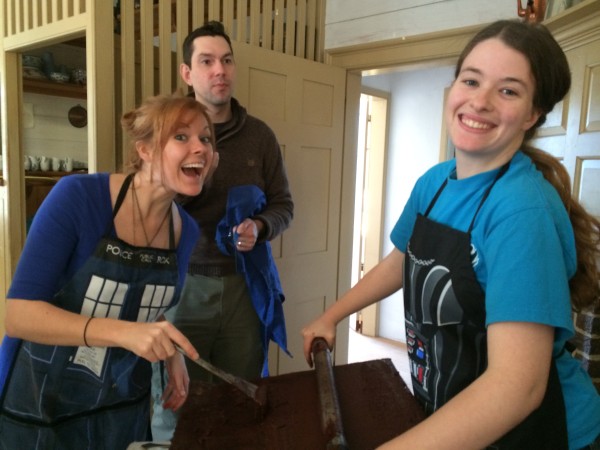
This January, the Historic Area of Colonial Williamsburg essentially closed down. In the past, front-line interpretive staff was laid off for approximately 4 weeks over the months of January & February, while the Historic Area operated on a lower staff, and buildings closed for 1-2 weeks at a time for a ‘deep cleaning’, repairs, etc. During that time, the interpretive staff applied for unemployment benefits, and took time to research on their own, perhaps travel to visit family and friends after the end of the holidays, recover from whatever colds festered during the busy time of year, braved the cold and rather empty streets of the Historic Area, received a few days of training, and waited for full time work and visitation to return so that our city could spring back to life.
Along with many other changes this year, our new administration made a commitment to find a way to make all front-line interpretive staff 12-month employees, and to work out a way to provide more training, research time, and badly-needed revival—to employees and the buildings, and grounds. So, we closed the Historic Area for the entire month of January. We started many new projects, old projects were given time for completion, buildings received actual deep cleanings, repairs, and the interpretive staff? We got trained. A lot.
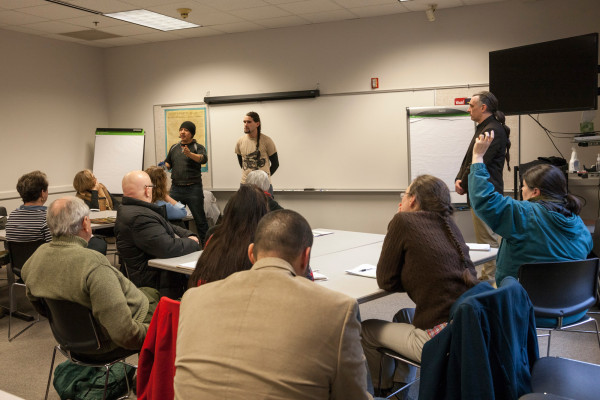
There are different departments within Interpretation, and so everyone had something a bit different going on—aside from the three days of divisional training which included lectures on safety plans, the Market House reconstruction, Archeology and the trash pits of Williamsburg, food, health and domestic arts in the 18th century, our Native American Initiative, and so much more! Our groups during this divisional training were made up of folks from all walks of the Historic Area—Products Interpretive Staff, Nation Builders, Orientation, Trades, Site Interpreters, and Coach & Livestock. These trainings happened every week for 3 days at a time with all of us thrown in together, garnering different perspectives and developing a camaraderie with colleagues from across the Foundation—The Colonial Williamsburg Family.
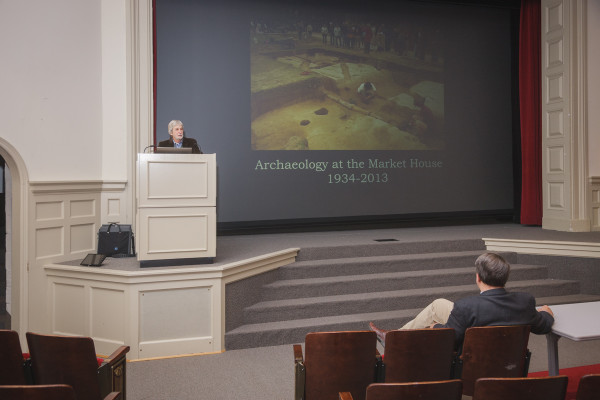
Now, I am still relatively new to Colonial Williamsburg, so, unlike many of my colleagues, I’ve never been through the divisional training before, but from what I understand, this year was pretty exceptional. We will all always have favorite and least favorite parts, but the variety of speakers, hands-on activities, and educational material had me drinking from a water hose and asking for more. My never-ending reading list has tripled in size after this month, and it’s a beautiful thing! To hijack a line from a favorite action film: we’re going to need a bigger bookshelf (….in addition to the 5 we already have…)
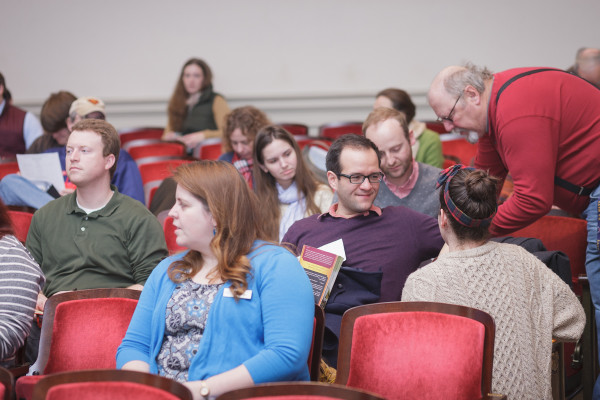
“But, Whitney,” you say, “that was only 3 days—shocking that you could pack in all in, but still, does that warrant the entire Historic Area being closed for an entire month? Sure, the building stuff was getting done, too, but what about the rest of your month? What in the world did you do with all of that time?”
Allow me to introduce you to the world of an Historic Sites Interpreter. We are the ones who lead you through the buildings in costume, and we are not limited to just one site. Of course, we all have sites we love better than others (put me in the Capitol anytime!), but to be honest, working in multiple buildings gives you a bigger, more in-depth picture of not just Williamsburg, but the 18th century and all of the complexities surrounding the Revolution, and the people who lived here. I started with the Palace last spring, learned the Capitol and the Gaol this fall, and over January, learned the Coffeehouse and the Randolph (other buildings being trained are the Wythe & Geddy, as well as the Courthouse). Each new site brings with it its own challenges, and provides an opportunity to delve into the story of Williamsburg from a different perspective. So what goes into learning these new buildings, and creating a tour? Many things vary from site to site (is the site a home or a public building makes the biggest difference) but these are the main points that are always covered during the training:
- How long is the tour? (most are approximately 25 minutes)
- What other duties do you have while working the building (securing the building, cooking, checking tickets, cleaning, etc.)
- Archaeology of the Building (what did we find here and when? What does it mean?)
- Architecture of the Building (what is original and reconstructed, and how do we know?)
- Curatorial walk through (What is in the building and why? What is real or reproduced?)
- Who lived/worked here?
- History of the family?
- When did they live and work here? What about before? Where did they go after?
- What year(s) are we interpreting in the building?
- What is our topic focus?
- What is significant culturally to this family/business/time frame?
- What is new research that we have, and how does that compare to what we already knew?
- What are some difficult topics and best ways to talk about them?
- What is the relevance of this building and the tour we are giving? Why is it important today?
The training to find out all of these things is done with people from all over the Foundation—Archaeologists, curatorial staff, architects, historians, the supervisor of the building, Historic Foodways—and then there’s the manual, the handouts, the hands-on aspects. Becoming familiar with the building, the material, the theme, and letting the building speak to you. And I will tell you, all of this is pretty much a 40-hour work week—and that’s without time to really even read the written material in a binder that makes law school books look light!
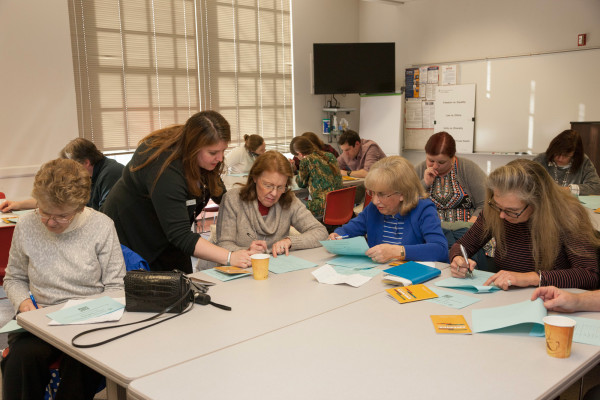
Only then can you even begin to write a tour, and after all of that information overload, where do you start? Thankfully, we have wonderful themes to our buildings that help guide us to piece the story together for our guests. It is not a script. It is primary and secondary documents, lectures, hands-on training, and a theme to the story that we wish to tell. And once you’ve got a general grasp of the information and the story that you want to tell, it will change. It will change with every group of folks who walk through the door, with the way in which they lead the conversation, and with the way in which they related to the information and the story you are telling. The questions that are asked by 5th graders from Nebraska are going to be vastly different than the questions asked from the women’s historical society of New Hampshire. And when the theme of a building changes—for a month, for a year, for a specific day of the week—so does your tour. For February, we are doing specialized tours in several buildings. At the Capitol is a Slavery and the Law tour, and Through Their Eyes is at the Palace. Soon, a new Family tour will be offered in the Palace, and next month begins a Women and the Law tour of the Capitol! Thankfully, the information doesn’t really change, but the focus does. And once again it becomes an opportunity to shift to something a bit more specific within the vast amounts of material and history that we have to impart to our guests.
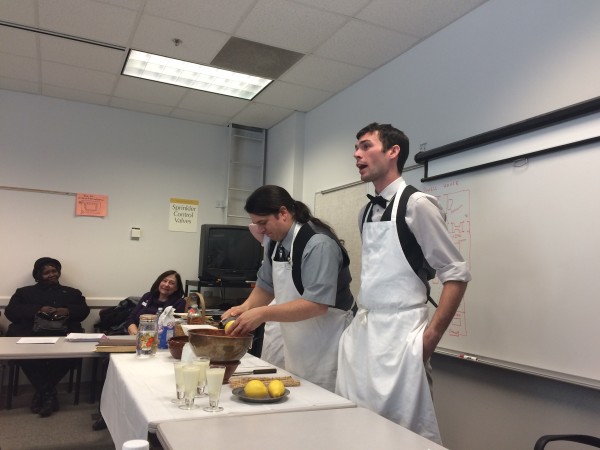
So, what did I do with my January “Pause”? I learned more in depth about the African Slave Trade, and what slavery looked like in Virginia for two centuries. I got to see up close one of the plates from Dunmore’s China, found in the archeological digs throughout the city. I learned how curatorial takes the 18th-century dishes made by our foodways staff, and creates fake food to sit in the buildings, and I saw the box where we keep the inventory of Lord Botetourt! I finally had time to take in my stays to be fixed and have all of my clothing deep cleaned without sending them on rush (along with everyone else—our poor Costume Design Center gets slammed in the winter—they’re such rockstars!) I revamped tours, learned new buildings, began rehearsals for new shows, and learned 18th-century dancing, and all about new programming coming to the Historic Area.
And training isn’t over. Even with the pause, there are too many of us to get it all done—and some of my colleagues are not yet back in our buildings, but rather, learning new ones. The programming being developed by the Actor and Character Interpreters, Founding Fathers and Nation Builders, in the buildings, on the streets, the children’s focus, Junior Interpreter program, Trades programming, Myseums, and so much more is absolutely astounding. It is hard work, but it is our passion.
Come and join in the exciting things we’ve prepared to share with you!
GUEST BLOGGER: WHITNEY THORNBERRY
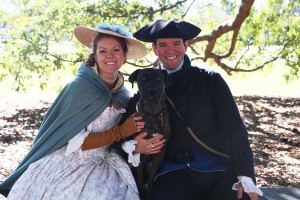 Whitney is a Sites Interpreter who has been with the Foundation full time since March of 2015. She and her Fiance, Bryan, live in the Historic Area with their rescued pup Derby (a sweet girl of 3 who thinks the horses are just big dogs to play with) and they are looking forward to their impending nuptials in April!
Whitney is a Sites Interpreter who has been with the Foundation full time since March of 2015. She and her Fiance, Bryan, live in the Historic Area with their rescued pup Derby (a sweet girl of 3 who thinks the horses are just big dogs to play with) and they are looking forward to their impending nuptials in April!
Whitney loves hosting dinner parties, sewing, reading, distressing furniture, science fiction, historical dramas, old movies and anything from the Williamsburg Winery. Her mother used to say she was born in the wrong century—and now she gets the best of both!



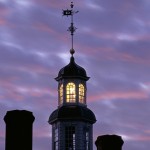
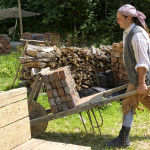
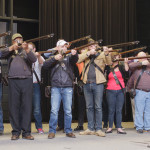
causes says
I keep it simple, so I can really get to know the plants - and myself.
The company does; however, print a “use by” date on the top of each
box so that consumers know when the product has passed its safe use time.
How much is 50 grams of butter
www.cy-pr.com says
In addition to providing location information, a GPS watch can likewise
have other higher features. I’ve bought the Garmin G5 Golf
GPS online low cost amount, and strategy to get a variety of rounds so far.
Garmin GPS suppliers give you a wide variety
of GPS receivers and you can surf on the web and choose one that
fits your budget. The Forerunner is actually ideal to the particular
individual who wants a instrument that could help to efficiently observe the results of physical
exercises. Mise a jour montre gps golf garmin So I encourage you to look into each of these GPS and discover
what exactly it is that you are looking for and choose which GPS is
best suited for you.
minecraft servers list says
The only way the player in Minecraft will be able to get beyond this
trap is always to dig their way along the tower.
Minecraft Seeds are what defines how a Minecraft game world is generated.xt% try
minecraft free noob
The only way the player in Minecraft will
be able to get beyond this trap is always to dig their way
along the tower. Minecraft Seeds are what defines how a Minecraft game world is
generated.xt%
Liz Maurer says
Oh my gosh, memories. Back in the 90s-when I worked at CW-training was one of the best parts of the job. It was like going through the best college seminar as well as terrific team building. Glad to hear that it’s still awesome, and enjoy every moment that you can.
Fascinating insight into what everyone at CW has to do to make history come alive, and the great training available. Like Jeannine, I, too, know how I would like to live my life over, if I was given the chance. As I live in Texas, I have never have the privilege to visit CW, but I keep dreaming!
My wife and I are rather late comers to Colonial Williamsburg. Our first real vacation there was a 30th anniversary gift from our children.
We have been visiting since, usually twice a year, since. Last year we had two seven day vacations there. Our visits are spent pretty much exclusively in the historic area all day every day. And we never tire of that. Its become our favorite vacation destination.
Its been a growing experience for us to learn more and more of our colonial history, and the trades and culture of the 18th century. We have developed in our enjoyment of and capability in interacting with the interpreters. I am somewhat reserved during our earlier visits I kept quiet and avoided asking questions or conversing with interpreters at all. Now I actually enjoy getting into the spirit of things.
We find we are getting more out of visits there in increasing measure as we go along. We really appreciate the hard work of the interpreters, and those who do all the work involved in improving, maintaining, researching, and on and on.
Well said Jeff! Sounds just like our story. For the last seven years my wife and I have been doing the same as you have. Just like you, we’ve spent most of time in the Colonial area. In fact, the last three trips, we’ve tried three different colonial houses and didn’t go anywhere outside the Colonial area. We’re all ready planning a mini trip for the spring and our “regular” fall trip. We feel very fortunate to only be about an hour and a half away.
That’s great, David! Isnt it neat to stay right in the city? It immerses you in an even more magical way.
And with how close you all are and the visits you’ve been able to make this far, it must feel a bit like coming home for you, as well!
Yes Whitney, staying in the city is definitely the way to go and it does feel like home, which says a lot since we’re from Albemarle County with the constant presence of Jefferson, Madison, and Monroe. ( I know you’re partial to Madison) Keep up the good work!
That’s wonderful Jeff! It’s so great to have return guests who find new things-not just about history, but about themselves in enjoying this incredible place. There’s always something new that I’m even learning, and it’s great when guests start the play back, and develop questions that either allow us to expand our interpretation, or prompt us to learn more!
Ritch Rowles says
Awesome post! You are very lucky to be working in a living colonial city! Thanks fir sharing what goes on beyond the scenes during the Winter break. Wish I could work there and live the dream as you do! Can’t wait to get back to Colonial Williamsburg. And congrats to you on your Spring wedding!
Thank you, Ritch! It’s an incredible place to be and I work with some wonderful folks-we are hiring in sites, so if you’re interested in joining us, come on in! 😉
We are so excited about the wedding, but getting into crunch time! Enjoy your next visit to our colonial Capitol!
Bravo. Keep up the good work. Both the blogging and the interpreting. All so very insightful.
Thank you Harvey!
If I had my life to live over, I know where I’d be ‘working’. I, too, was born way too late. Great Post.
You still can! If you’re interested in relocating, we are hiring full time interpreters and will be doing some summer casual hires, as well…;)
Whitney, your enthusiasm is always contagious and your love for the place deep and apparent. This blog, however, exceeds all that came before. I was excited about the new things to come because I thought they would be great. Now I really can’t wait because I know all that went into what’s to come. Thank you!!!!
Aww thank you, Arden! Your support and love for our Colonial Capitol is so apparent, and it is an honor to be paid such a compliment.
So excited to share all of the great new programs and interpretations with you!
Excellent and insightful blog! Thank you, Whitney for enlightening all of us on the hard work and preparation you all do behind the scenes to make the visitor’s experience educational and enjoyable!
Thanks, Brian!
It’s a joy to prepare and of course to share. I always enjoy hearing about processes and it’s fun to have the opportunity to give some insight—maybe it will even encourage some folks to consider a new career and come join us! Sites is hiring…..;)
Whitney, I adore your blog posts! Actually, ALL the daily posts are wonderful, but I’ve come to have a few favorite bloggers. And yours is one of them! Having an “inside look” into all the planning, training and prep work that goes into creating a wonderful experience for us, the guests, gives me a real appreciation for CW. My husband and I have been making annual trips to CW at Christmas time for the past 6-7 years. And EVERY time we visit, we always learn and experience something new! It never gets old! Thank you to you and ALL the people that put heart and soul into your jobs. The hard work is evident!
Thank you for your kind words, Debbi! It’s such a joy for me to work here and I love the opportunity to share experiences.
It’s wonderful to have support from return guests such as yourself in the Foundation. It’s true that there is always something new!
SO glad the new administration is prioritizing the employees! They are AMAZING folks, and keep us coming back!
Thank you, Pam!
It is wonderful to not only be told that you are an important part of the wonderful Foundation, but to have the words followed through by policies and changes that prove a dedication to empowering those employees who have the daily interaction with guests to enrich the experience even more!